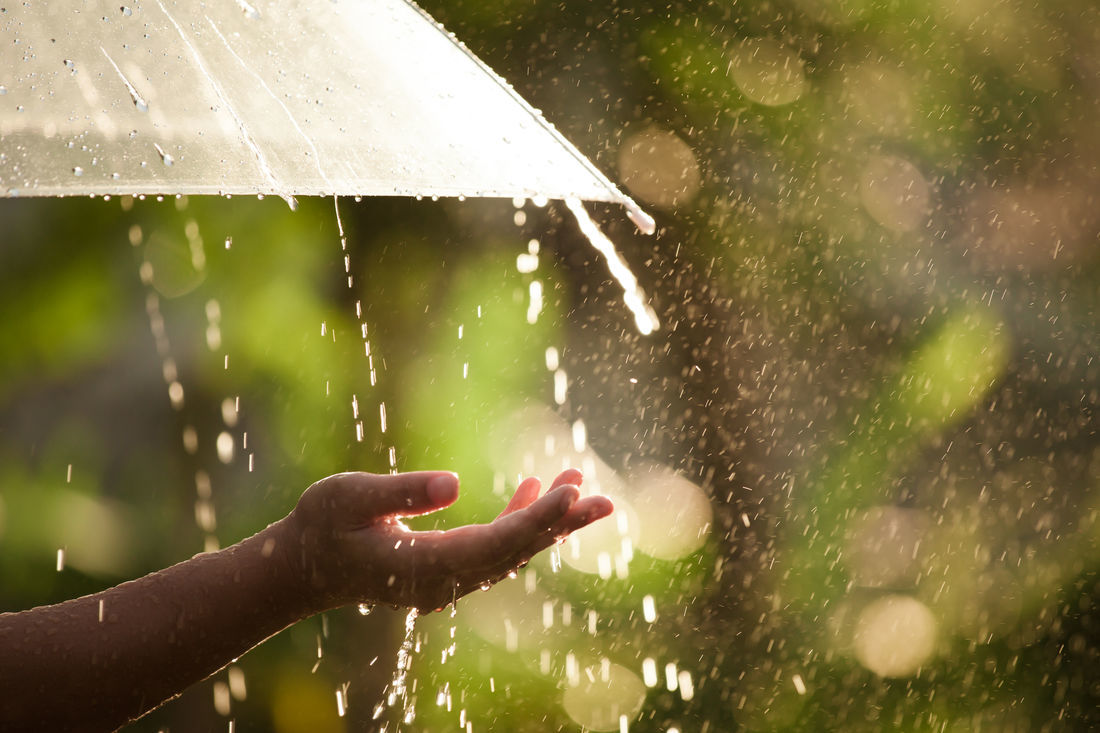What happens when you are pouring concrete onto a fresh surface, and there is an unpredictable summer thunderstorm? When rainwater comes into contact with a fresh concrete surface, it causes the concrete to soften, decreasing the abrasion, resistance, and strength of the concrete while increasing the likelihood of dusting and cracking to develop.
Basically, if the concrete is soft and the rain is pouring down hard, the cement can be washed out of the concrete. This would leave a weakened structure behind. Think of the affected concrete like flaky layers of a croissant. The most serious consequence would be surface scaling which might not be visible instantly, so it is important to be careful.
Is Your Project Completely Doomed if it Starts Raining During Your Concrete Pour?
The answer is no- it all depends on the timing and what stage in the curing process the concrete is in. If rain starts to fall when the concrete is still fresh- approximately 2 to 4 hours after mixing-the surface should be safe from the rain. If the finishing process has only recently been finished, the concrete may not be affected as long as the rainwater does not seep into its surface and the concrete slab is left untouched.
Normally, after 4 to 8-hours of mixing, the concrete starts to stiffen up and is ready for grooving and grinding. At this point, you don't have to worry about the rainwater damaging the slab.
How to Check for Rain Damage?
After a heavy pour, damage to the concrete must be thoroughly examined. To note any apparent defects, you may conduct a visual survey. Another way to examine the concrete is by using a simple scratch test. All you need is a screwdriver to compare the surface scratch hardness of the compromised concrete with the ones that are of perfect quality.
You may also follow a quantitative approach to be entirely satisfied. To do this, you would have to remove a few core samples and check them in a lab under an electronic microscope.
What to Do if the Concrete is Compromised
If you found the concrete to be compromised because of the heavy downpour, you can make some isolated repairs immediately after the storm. To do this, you must use some of the same concrete that was initially used for the concrete placement.
In case of damage in the small areas of a thin slab, it may cost less to remove and replace full depth sections. However, if damage has been caused to the large areas in a thick slab, the simple solution would be to use a thin application of a repair motor after you get rid of the damaged concrete.
Thinking about using a DIY-attempt to solve your concrete problem? Think again! Read up on why concreting should never be done without the help of licensed professionals.

